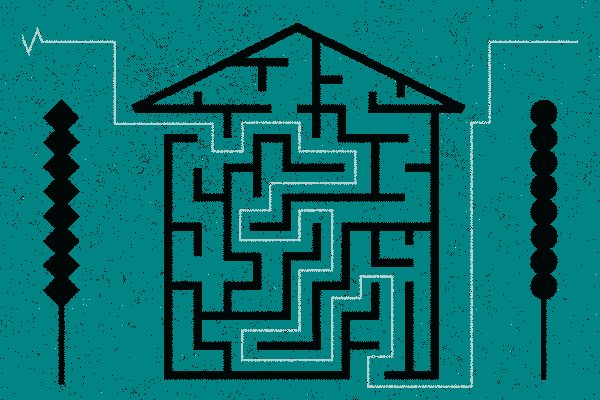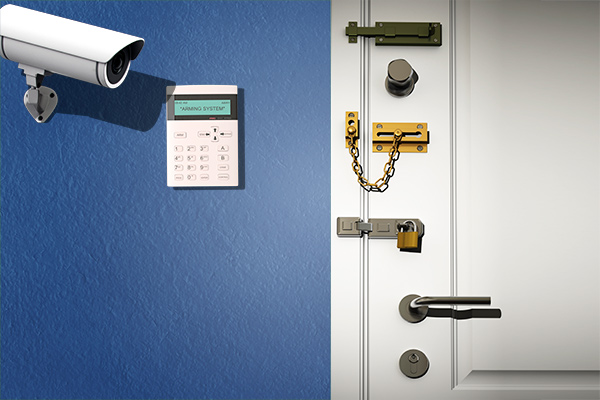Here’s something that may surprise you: Power surges aren’t always stormy, lightning-fueled events that fry your electronics. Oftentimes, surges are low-level pulses that occur as a result of the unsteady flow of electricity within homes. But wherever the surges originate, over time they can degrade the circuitry of your appliances and electronics until they fail.
How can you help protect your gear? Use surge protectors, says Danny Lipford, an Alabama-based home improvement expert who dispenses advice on TV, radio and his site, Today’s Homeowner. These handy devices may look the same as power strips, but in addition to offering multiple outlets, he says, surge protectors divert those brief jumps in voltage to a ground line—before the harmful jolts can reach your stuff.
Here’s what to look for when shopping for a surge protector, and how to use it safely once you bring it home.
How To Buy A Surge Protector
Here are the key features Lipford recommends looking for when shopping for a surge protector.
- Safety rating. Look for one with a UL or ETL rating, meaning it’s been tested and meets certain safety standards.
- Capacity. The joule rating tells you how much energy the surge protector can absorb before it fails. A joule rating of at least 600 should be able to handle most household surges.
- Warning system. Surge protectors wear out over time. Look for models that warn you when they’re weakening. Some even stop delivering power to your devices when they’re no longer providing protection.
- Enough outlets. Look for one with multiple, well-designed outlets—some models even have outlets that pivot—to accommodate your gear.
- USB connection. Check if it’s one or two amps; two will give you the flexibility to charge things larger than a mobile phone.
- The right size. If you travel a lot, consider a small, single-outlet surge protector that can help protect your laptop, phone and other devices that you take on the road.
- Warranty. Some surge protectors come with warranties, which may be helpful in the event your stuff is damaged.
- Appropriate usage. If you’re planning on using a surge protector for medical equipment, look for a model approved for this purpose.
Use Surge Protectors Safely
As with anything electrical, safety measures are essential. Here’s what Mark Earley, chief electrical engineer at the National Fire Protection Association recommends.
- Plug them in correctly. Surge protectors should always have a polarized plug (with one of the blades larger than the other) or a three-prong grounded plug. Don’t use a three-to-two prong adapter when you plug it into the wall. And only plug one surge protector into a single wall receptacle.
- Don’t daisy chain. Never plug one surge protector into another surge protector or power strip.
- Keep it close. The shorter the cord between surge protector and device, the more protection it will offer. Also, keeping the surge protectors close to the outlet will help prevent tripping over them or otherwise damaging them.
- Give them room. Never place surge protectors or their power supply cords under a rug or someplace they could experience wear and tear from being stepped on. And don’t staple or tack their power cords to anything.
- Don’t overload. Be careful not to overload one surge protector with equipment that uses a lot of energy; divide the load between several surge protectors. Plug any major or heat-producing appliances directly into wall receptacles, not into strips.
- Check the temperature. A surge protector should have protections from overheating, but if you ever feel that it’s hot to the touch, replace it.
- Avoid water. Keep all surge protectors away from moisture of any kind.
- Replace it. Even if your surge protector has an “end of life” alarm, regularly inspect it for any physical damage and replace if necessary.
- Check for recalls. Be aware that recalls of surge protectors do happen. Search the website of the Consumer Product Safety Commission for updates.
Here’s another way to help protect your home from surprising jolts: Homeowners or renters insurance through the GEICO Insurance Agency. Get a free, fast quote now!
Read more: The Ultimate Guide To Home Protection
By Kelly Couturier










Leave a comment